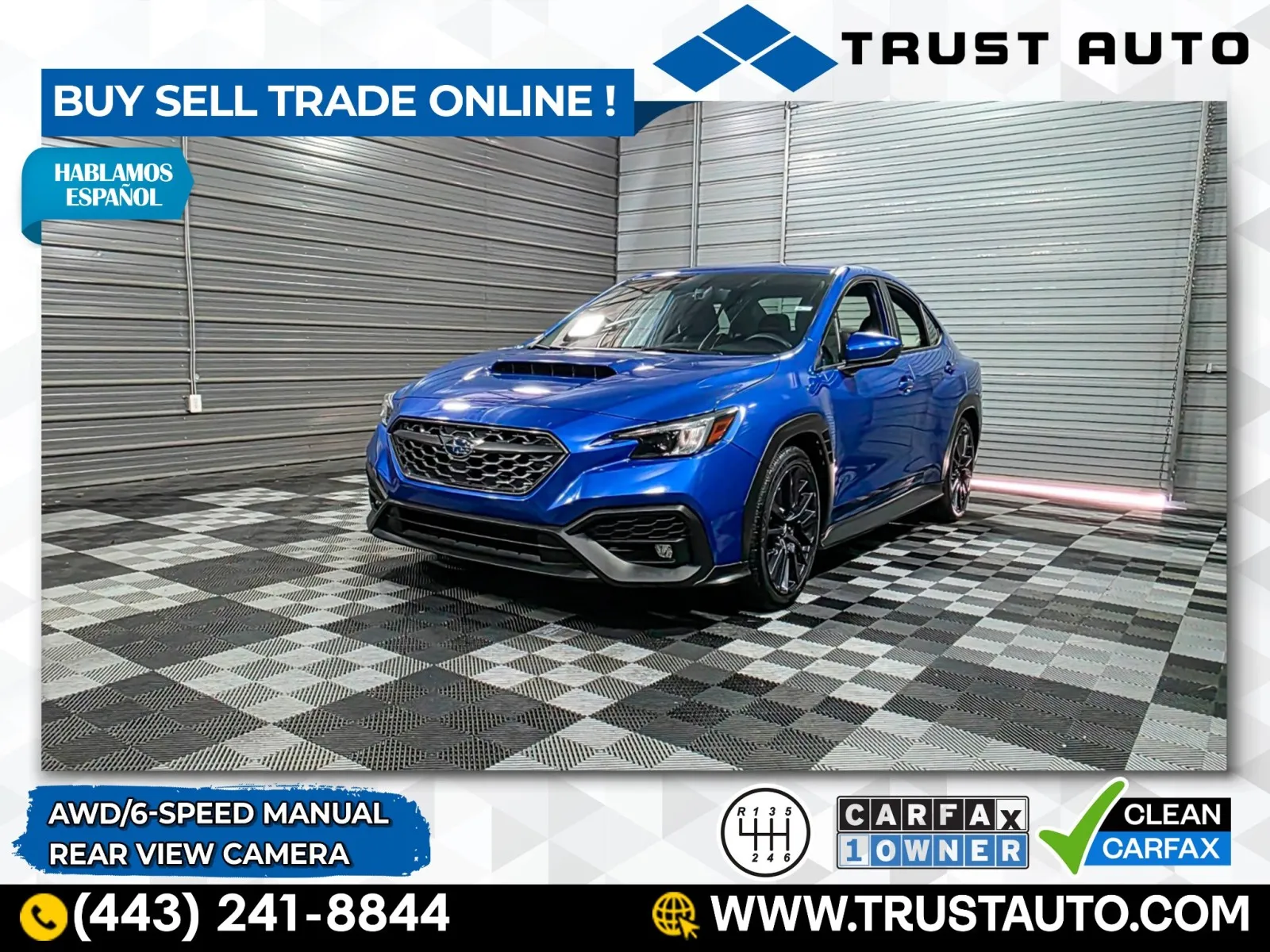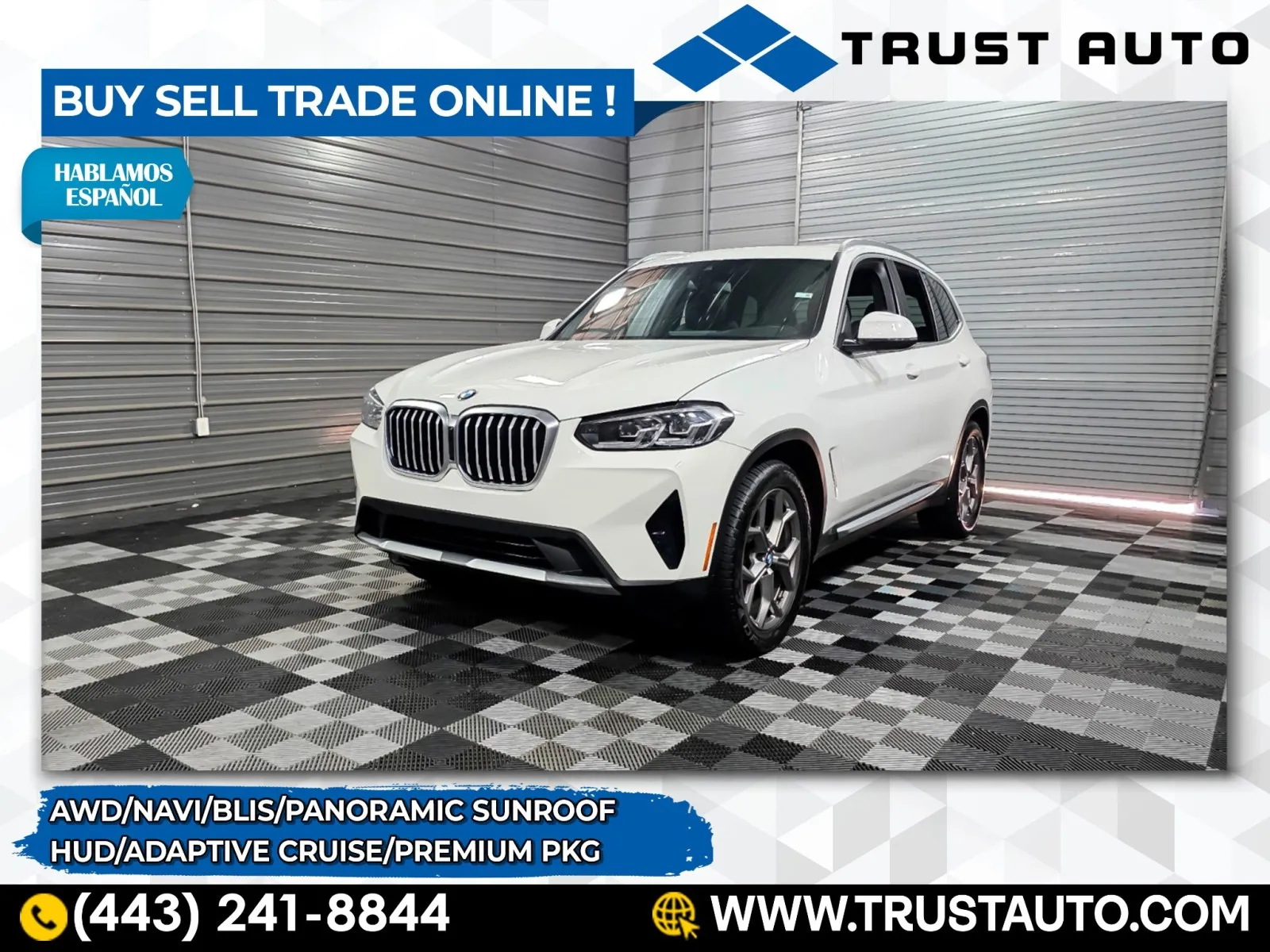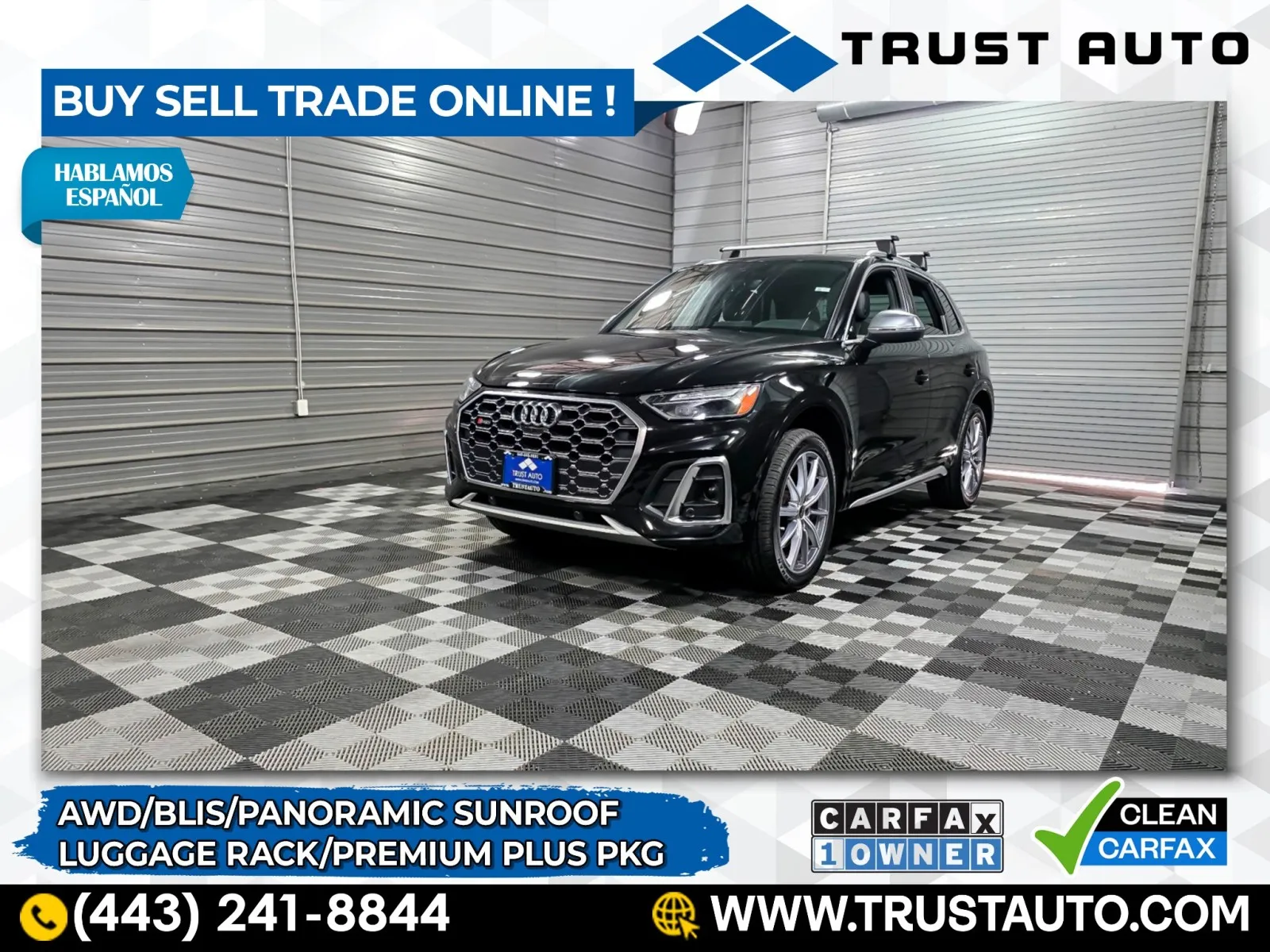The Top 5 All-Season Tires for Snow

The Top 5 All-Season Tires for Snow
Tire shopping ranks up there with buying groceries and visiting the dentist in terms of excitement. It’s something you don’t want to do but need to. And, choosing new tires is more complex than picking out vegetables. And for most car owners, buying new tires happens only once every four or five years, so it’s easy to forget what knowledge you may have picked up along the way. Plus, tire technology is constantly changing.
With the approach of winter, we thought this would be an excellent time to provide a primer on tires. In particular, we’ll look at all-season models (the most popular type) that are designed for good handling in winter weather. These tires are well-suited for climates that experience perhaps three or four months of winter as well as the full range of other seasons. But, if you live in a state along the Canadian border or in a Rocky Mountain region that sees heavy snowfalls, you’ll likely need dedicated winter tires that go beyond the capability of the all-season variety.
With that said, let’s explore what you need to know about the top all-season tires for snow.
Tire Shopping Basics
Before you start shopping, understanding fundamental tire terminology will go a long way. You’ll also discover that the slightest change in specifications can affect price, longevity, and performance.
Size: You can’t proceed to locate new tires without knowing the correct size tire for your car. You can check on the current tire’s sidewall or use one of the many online tire locators. For instance, a new base-model Honda CR-V uses P235/65R17 tires. What does this all mean?
P = passenger car tire
235 = width of the tire in millimeters
65 = height of the sidewall
R = radial
17 = wheel diameter
To keep things simple, we’ll pass on sharing additional technical details. But, at least if you know size information, you can begin to search for replacements. Of course, your car will likely require different-sized tires from our example.
Cost: After size, a tire’s cost is a significant factor in choosing what your car rides on. Those $50 tires may seem like a bargain, but if they last half as long as $125 ones, you’re not saving any money. You may also want to consider the value of buying more premium tires if you spend a lot of time on the road or are concerned with fuel economy or handling.
Usage: Think about how many miles you drive in a year. Is this mainly for around-town errands, or do you do a lot of highway driving? Getting a handle on these details will help you pick a tire that’s best suited to your driving habits.
Car Status: Do you plan on keeping your car for a while, or is trade-in on the horizon? You’ll likely not want to drop bucks on top-tier tires if you’re thinking of getting a new car soon.
Upgrades: If you’ve been satisfied with the existing tires, then replacing these with the same (or an equivalent) model may be a no-brainer. On the other hand, this is a great opportunity to explore alternatives that may offer better winter traction, lesser road-noise, or another preferred feature.
What Makes the Best All-Season Tires for Snow?
Think of shopping for all-season tires as a Goldilocks adventure; you want tires that are “just-right” for your needs. So, these will provide confident handling characteristics during normal road conditions and summer’s heat as well as when you’re driving in light to moderate snow. Read on to see what makes an ideal all-season tire for snow.
Tread life: Each tire comes with an estimated tread life (usually 40,000 to 90,000 miles). Softer summer-only tires will wear more quickly than all-season tires designed to provide a better winter grip. And, in general, the more expensive the tire, the longer the tread life (when it comes to all-season versions).
Composition: Composition refers to what a tire is made from and directly affects tread life. So, the softer the tire, the sooner it will wear down. Manufacturers use a variety of compositions based on how a tire will be used. In the case of an all-season tire, this formula will provide a balance of softness for everyday driving and durability for good handling in the snow.
Tire Height: Tire sidewall height also influences a car’s driveability. For an all-season tire, the height is somewhere in the middle of a low-profile summer tire and the tallness of a dedicated winter tire.
Road Noise: Unless you do a lot of highway driving, you may never think about the road noise generated by your tires. This is more of an issue with larger truck and SUV tires, but something to be aware of during the shopping process. In general, most all-season tires are engineered for minimum road noise. However, ask the tire retailer if one model or brand is less noisy than another.
Handling: Modern vehicles, even economy cars, are engineered around exacting handling qualities tied to the tires. So, at the very least, you want to make sure whatever new tires you choose won’t diminish how your car drives. You may even come across tires that can improve road manners and cornering.
Traction: Ultimately, the right all-season tire provides the grip you need on snow-covered roads. But, given the multi-function role of an all-season tire, don’t expect exceptional traction in extreme snow situations (when a dedicated winter tire is best). Instead, an all-season tire is ideal for the 98 percent of the time there are dry or rain-soaked roads and the 1 percent of the time there’s moderate snow on the ground. Tire engineers also have to remember that too much traction can impact fuel economy.
Top Picks For Best All-Season Tires For Snow
So, what do the experts have to say about the best all-season tires for snow? Here’s what Consumer Reports came up with. Notably, the prices mentioned here may change based on your vehicle and the tire retailer.
Michelin Defender T+H

$179 and above
You’ll pay a premium for this tire’s good snow traction scores, but an impressive 85,000 tread life offsets that. It also is highly rated for low noise and overall handling. The Defender T+H’s downside is moderate ice braking and rides comfort scores.
General Altimax RT43

$129 and above
70,000-mile tread life is still noteworthy, and the moderate price tag means the Altimax RT43 may represent the sweet spot for many all-season tire shoppers. This tire gets very good grades for low noise, snow traction, and ice breaking. Wet braking and ride comfort get mid-tier grades.
BFGoodrich g_force COMP-2 A/S

$295 and above
The price tag for these BFGoodrich tires is eye-opening. But if you’re driving a premium all-wheel-drive car like a BMW or Mercedes-Benz, then paying above average prices is nothing unusual. At the same time, you’ll get highly rated tires that score well for snow traction, ice breaking, and wet-road handling.
MIchelin CrossClimate SUV

$225 and above
As the name implies, these tires are designed for SUVs (and crossovers). Given these vehicles tend to require larger tires, it’s no surprise these Michelins cost more than what a sedan or hatchback needs. CrossClimates get excellent scores for snow traction and very good ratings for wet-road driving.
Vredestein Quatrac Pro

$150 and above
This Dutch brand won’t win any points for its unusual name (at least to Americans), but the Quatrac Pro offers respectable all-season tire snow performance. This Vredestein gets very good scores for snow traction, low noise (a plus with SUVs), and wet-road handling. Plus, it’s an SUV tire alternative almost 40 percent less than the Michelin CrossClimate.
From Trust Auto…
At Trust Auto, we’re always looking for ways to help consumers stay up-to-date on the latest automotive matters. We hope you enjoyed this article and please contact us if you have suggestions for new topics.











